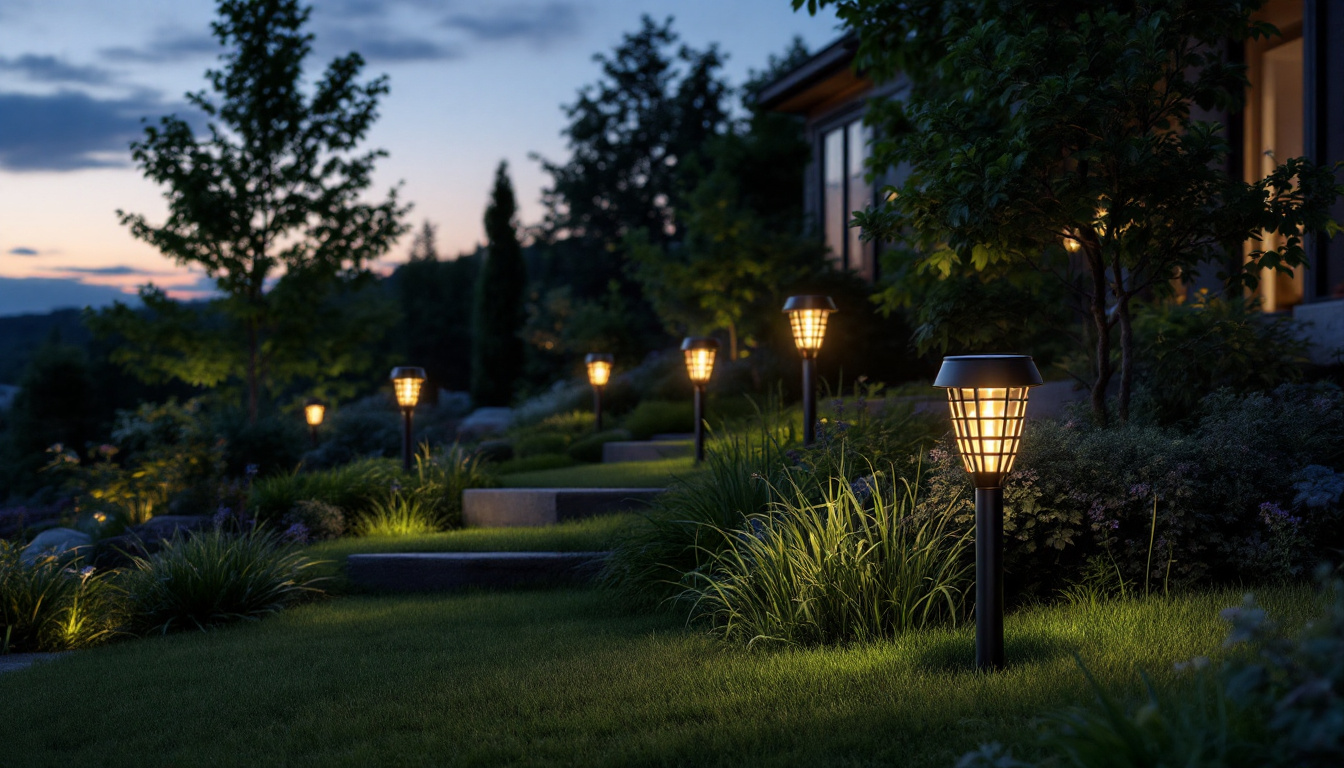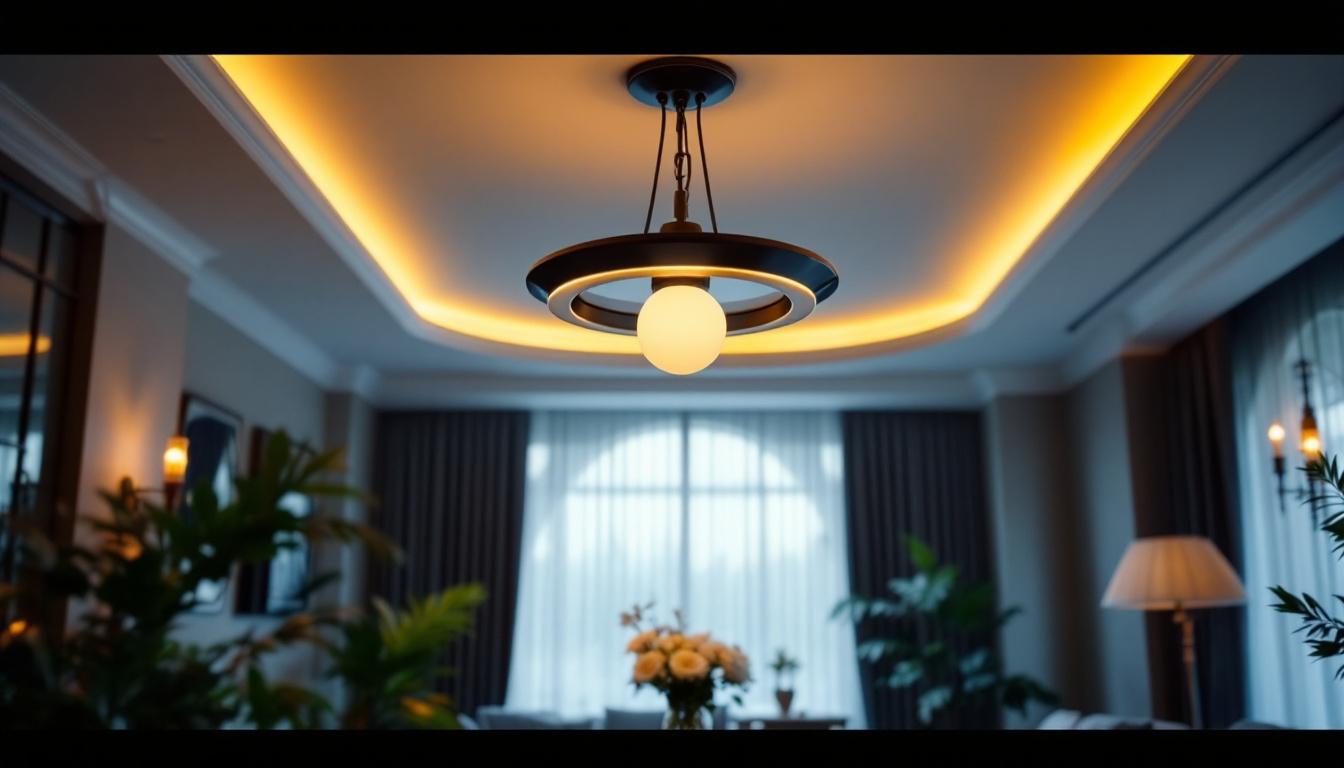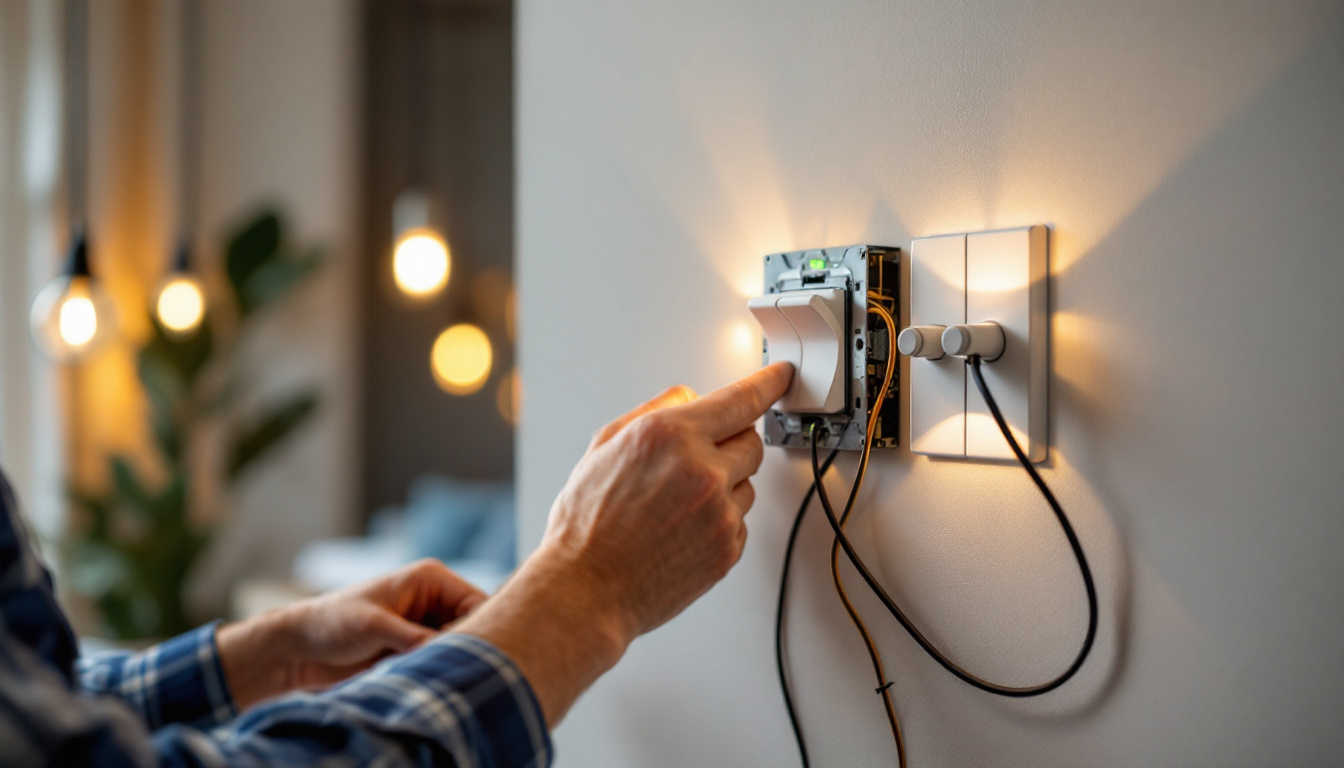
LED (Light Emitting Diode) technology has revolutionized the street lighting industry, offering a more energy-efficient, durable, and cost-effective solution compared to traditional lighting options such as high-pressure sodium (HPS) or metal halide lamps. For lighting contractors, understanding the fundamentals of LED technology is crucial to making informed decisions when specifying and installing street lighting systems.
LED lamps operate by passing an electrical current through a semiconductor, which emits light. This process is highly efficient, producing more lumens per watt than conventional bulbs, meaning LED street lights consume less energy while delivering equivalent or superior illumination. Moreover, LEDs have a longer lifespan, often exceeding 50,000 hours, which translates to reduced maintenance and replacement costs—an important consideration for municipalities and private clients alike.
In addition to efficiency and longevity, LED street lights offer better control over light distribution and color temperature. This allows for tailored lighting solutions that minimize light pollution and improve visibility, enhancing safety for pedestrians and drivers. For contractors, understanding these technical benefits helps in advising clients and selecting appropriate fixtures for various environments.
Furthermore, the adaptability of LED technology extends beyond mere illumination. Smart LED street lighting systems can be integrated with advanced sensors and IoT (Internet of Things) technologies, enabling features such as adaptive dimming, motion detection, and remote monitoring. These capabilities not only optimize energy usage but also enhance public safety by providing brighter lighting when activity is detected in a given area. This integration of smart technology is becoming increasingly important as cities strive to create more sustainable and responsive urban environments.
Another significant advantage of LED street lighting is its positive environmental impact. By reducing energy consumption, LEDs contribute to lower greenhouse gas emissions, making them a more sustainable choice for cities aiming to meet environmental goals. Additionally, many LED fixtures are designed to be recyclable, further minimizing their ecological footprint. As municipalities look to upgrade their infrastructure, the shift towards LED technology represents a commitment to sustainability and a proactive approach to addressing climate change challenges.
One of the most frequent questions contractors encounter relates to the cost comparison between LED and traditional street lighting. While the upfront cost of LED fixtures can be higher, the total cost of ownership typically favors LEDs due to their energy savings and reduced maintenance requirements.
For example, an LED street lamp may consume 40-60% less energy than an HPS lamp. Over the lifespan of the lamp, this energy efficiency can result in significant savings on electricity bills. Additionally, the extended lifespan reduces the frequency of replacements, which lowers labor and material costs associated with maintenance.
Many municipalities and organizations have reported payback periods ranging from two to five years depending on local energy costs and usage patterns. Lighting contractors should emphasize these long-term financial benefits when discussing options with clients.
Choosing the right LED street lamp involves evaluating several critical factors to ensure optimal performance and compliance with local regulations. Contractors should consider:
By carefully assessing these factors, contractors can tailor lighting solutions that meet client needs and regulatory requirements.
Environmental factors such as temperature, humidity, and exposure to elements can affect LED performance. Fortunately, modern LED street lamps are engineered to withstand harsh outdoor conditions.
Temperature is a critical consideration. LEDs perform optimally within a specified temperature range, typically between -40°C and 50°C. Excessive heat can reduce lifespan, so fixtures often include heat sinks and thermal management systems to dissipate heat effectively. In colder climates, LEDs maintain performance better than traditional lamps, which can suffer from delayed start times or reduced light output.
Humidity and moisture are mitigated by robust sealing and IP-rated enclosures, preventing corrosion and electrical failures. Additionally, LED street lights are generally resistant to vibration and impact, making them suitable for installation on poles along busy roads and highways.
Proper installation is essential to maximize the benefits of LED street lighting. Contractors should follow manufacturer guidelines and industry standards to ensure safety and performance.
Key installation practices include:
Adhering to these practices reduces the risk of premature failures and optimizes the operational efficiency of the lighting system.
Maintenance requirements for LED street lamps are significantly lower than those for traditional lighting technologies. LEDs do not require frequent bulb replacements due to their extended lifespan, which can exceed 10 years under typical usage conditions.
However, routine maintenance is still necessary to ensure consistent performance. This includes periodic cleaning of the fixture lenses to remove dirt and debris that can diminish light output, as well as inspections to check for damage or electrical issues.
Smart LED street lighting systems often include remote monitoring capabilities, allowing contractors or facility managers to detect faults or failures promptly without physical inspections. This predictive maintenance approach further reduces downtime and maintenance costs.
Safety and health concerns are often raised regarding the blue light content and brightness of LED street lamps. While LEDs emit a higher proportion of blue light compared to traditional lamps, advances in LED technology allow for tuning color temperatures to reduce potential glare and circadian disruption.
Choosing LEDs with appropriate color temperatures (typically below 4000K) and using well-designed optics can mitigate glare and improve visual comfort for drivers and pedestrians. Additionally, the improved uniformity and color rendering of LED lighting enhance nighttime visibility, contributing to safer streets.
Lighting contractors should stay informed about evolving research and guidelines from organizations such as the Illuminating Engineering Society (IES) and the International Dark-Sky Association (IDA) to address client concerns effectively.
LED street lighting contributes positively to environmental sustainability in several ways. Their energy efficiency reduces greenhouse gas emissions associated with electricity generation, supporting climate change mitigation efforts.
Moreover, LEDs contain no hazardous materials like mercury, which is present in some traditional lamps, making disposal safer and more environmentally friendly. The ability to dim or turn off lights when not needed also reduces light pollution, preserving nocturnal ecosystems and improving quality of life for nearby residents.
Lighting contractors can leverage these environmental benefits to promote LED solutions in bids and proposals, aligning with clients’ sustainability goals and regulatory requirements.
The LED street lighting market continues to evolve rapidly, driven by technological advancements and smart city initiatives. Lighting contractors should be aware of emerging trends to remain competitive and provide cutting-edge solutions.
Integration with Internet of Things (IoT) platforms enables real-time monitoring, adaptive lighting control, and data collection for urban planning. Some systems incorporate sensors that adjust brightness based on pedestrian or vehicular presence, optimizing energy use without compromising safety.
Advances in materials and design are leading to even longer-lasting and more efficient LED fixtures. Additionally, developments in wireless communication and power management facilitate easier installation and maintenance.
Staying abreast of these innovations allows contractors to offer clients future-proof lighting systems that deliver enhanced performance and operational savings.
LED lamps for street lighting represent a transformative technology that offers numerous advantages over traditional lighting solutions. For lighting contractors, understanding the technical, financial, and environmental aspects of LED street lights is essential to addressing client questions and delivering effective lighting solutions.
By considering factors such as cost-effectiveness, environmental resilience, installation best practices, and emerging technologies, contractors can confidently recommend and implement LED street lighting systems that meet the evolving needs of municipalities and private clients. Embracing LED technology not only improves urban lighting quality but also contributes to sustainable and smart city development.
Ready to elevate your street lighting projects with the most advanced LED technology? LumenWholesale is here to light the way. We provide lighting contractors with the highest quality, specification-grade LED lamps at unbeatable wholesale prices. Say goodbye to local distributor markups and hello to superior lighting products that meet the strictest industry standards. With our hassle-free bulk buying and free shipping, you can trust that you’re getting premium lighting at the best value — every time. Don’t compromise on quality or cost. Visit LumenWholesale now and experience the ideal combination of quality, affordability, and convenience for all your lighting needs.

Discover the transformative power of LED solar lights for outdoor spaces.

Discover the ultimate guide for lighting professionals with our essential checklist for high ceiling light fixtures.

Discover how Enerlite revolutionizes lighting installations by enhancing safety and efficiency.

Discover how mastering the three-way switch can give lighting contractors a competitive edge in the industry.